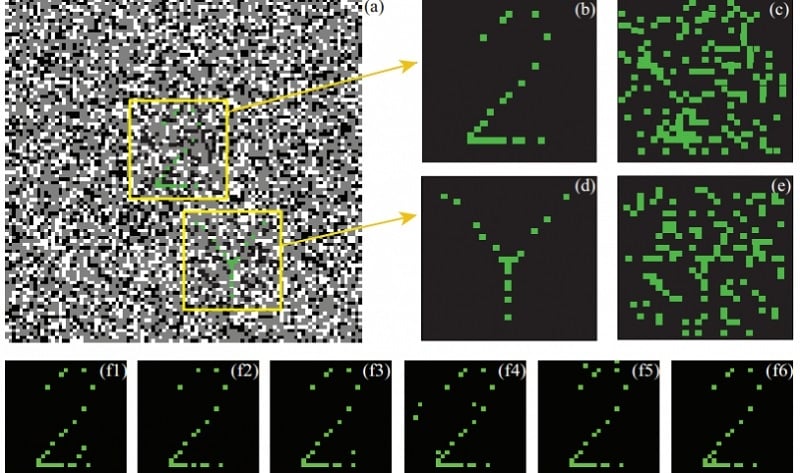Once again, security is a pressing issue in all areas of digital life. Addressing this, Michail Loulakis and his team of researchers at the National Technical University of Athens in Greece discovered a technique to exploit quantum mechanics to securely identify individuals. He and his team report that quantum biometrics makes identification more accurate and harder for fraudsters to gain unauthorized access.
Their technique is based on the principle that the human eye can detect single photons. It involves special light-detection equipment that relies on rhodopsin molecules in retinal rod cells to detect single photons. It then employs phototransduction to transmit this signal to the brain. The environment determines how many photons are delivered to the retina and the path they take.
Factors contributing to the probability of detection include optical losses associated with the passage of light through the cornea, the anterior chamber, the pupil, the lens, and the vitreous humor. Another factor is how the light is absorbed at a specific area of the retina.
The probability of detection can be measured by repeatedly sending a flash of light into the eye and calculating the number of times the subject becomes aware of it. Combining all the environmental factors into a single parameter called alpha, physicists can then calculate the probability of detection.
Using quantum biometrics, the team assume a certain probability of detecting a flash and then perform the same experiments to measure alpha. They proposed measuring how alpha changes across the field of vision based on the unique pattern of nerves, blood vessels and light-sensitive cells in the eye, making it a unique pattern for all individuals.

Based on this, the team believes that a person’s alpha map would make a good biometric signature. Once the researchers measure a person’s alpha map, they try to use it to identify an individual. This is where the laws of quantum physics come in so handy because they place well-defined limits on how well an eavesdropper can foil the system.
Loulakis and his team proposed to illuminate a random pattern of flashes into the eye with each flashing generating varying degrees of light intensity. The pattern is designed to exploit the alpha map in such a way that it is detected as a recognizable pattern by a person with a specific alpha map. However, the pattern appears to be random to anyone else.
The team also tried to foil the authentication system by guessing the value of alpha and responding accordingly. However, the chances of accurately guessing the alpha is slim, as the person would need to arbitrarily increase the number of points at which alpha is measured.
Another method to fool the system would be to try to measure alpha in the subject’s eye, but the team said this would require extremely advanced measurement techniques. The number of required measurements to properly identify an individual depends on how accurate the identification needs to be.
The researchers said the system can go wrong by encountering a false positive, where the wrong person is falsely identified as the subject, or a false negative, where the subject is misidentified. “The probabilities for a false positive and a false negative identification of this biometric technique can readily approach [one in 1 billion] and [one in ten thousand], respectively,” say the researchers.
Using this technique, it should be possible to identify an individual with this level of accuracy in only six interrogations. “Practically, six interrogations can be realized in less than one minute of test time,” said the team.
The technique has a few potential problems including that they have not found a way to accurately measure a person’s alpha map in the first place; that eyesight deteriorates with age, which suggests that an alpha map would have an expiration date of uncertain length; and the possibility that alpha might vary over much shorter time scales.
For more details, visit: